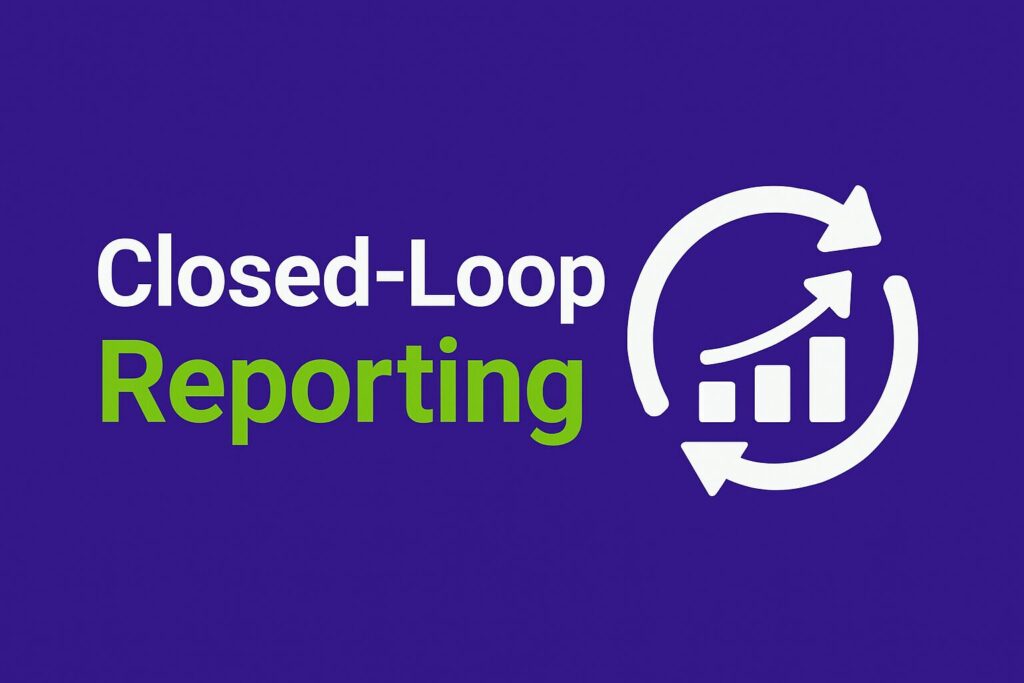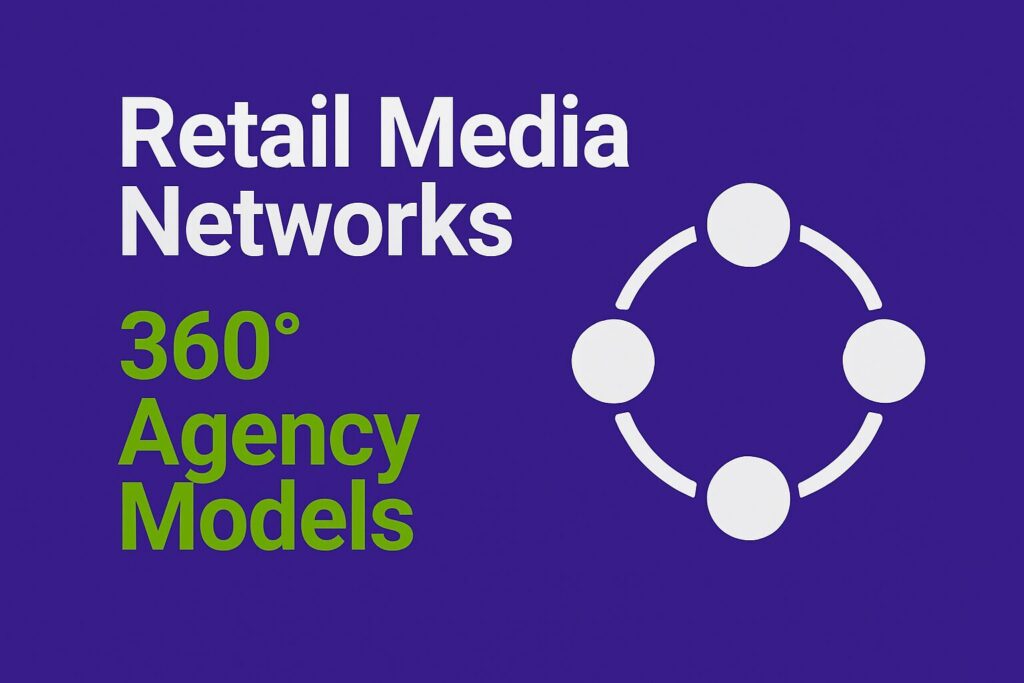Choosing the right marketplace can mean the difference between stagnant sales and explosive growth. With dozens of platforms available—each with unique fees, audiences, and requirements—you need a clear framework. In this article, you’ll discover five crucial steps to identify the perfect marketplace for your brand in 2025. For more on marketplace benefits, see Marketplace 2025: Why Sell on a Marketplace and How to Start. For an overview of platform types, refer to [The Ultimate Marketplace Atlas].
Step 1: Define Your Business Goals
Primary Objective: Determine whether you prioritize massive exposure (lower margins) or higher profits (controlled fees).
- Growth vs. Testing: Are you validating new SKUs or scaling proven best-sellers?
- Brand Control vs. Speed: Is maintaining a consistent brand image critical, or do you value rapid time-to-market?
Example: A luxury jewelry label may choose an exclusive platform like The RealReal, while a consumer electronics seller might opt for Amazon to capture volume.
Step 2: Analyze Audience & Traffic
Not every marketplace attracts your ideal customers.
- Demographics & Geography
- Review seller insights and traffic reports.
- Match age, gender, and top regions to your buyer personas.
- Search Behavior
- Identify which keywords drive the most visits.
- Use tools like SEMrush or Marketplace Pulse.
- Category Popularity
- Assess top categories by Gross Merchandise Volume (GMV).
- Remember: higher volume often means tougher competition.
Quick Tip: Spend 30 minutes exploring each platform’s public seller dashboards.
Step 3: Compare Fee Structures & Costs
| Marketplace | Listing Fee | Commission | Fulfillment Fee |
|---|---|---|---|
| Amazon (3P) | $0.99 per item | 15% | Varies by size |
| eBay | $0.30 per listing | 12–18% | Optional 3PL services |
| Niche Platform | Free | 5–10% | Platform-dependent |
- Subscription vs. Per-Sale: Some require a monthly plan, others only charge on sales.
- Fulfillment Options: Compare FBA fees versus self-fulfillment costs.
- Advertising Costs: Factor in sponsored listings or featured placements.
Action: Build a simple spreadsheet to model total costs at different price points and sales volumes.
Step 4: Evaluate Operational Requirements
Each marketplace imposes its own rules:
- Onboarding: Required documentation, vetting, and approval timelines.
- Listing Standards: Image dimensions, description length, and required attributes.
- Service Level Agreements: Shipping windows, return policies, and penalties for late deliveries.
Example: Etsy mandates at least one high-resolution image and 10 tags per listing, whereas Amazon enforces strict shipping SLAs and levies chargebacks for delays.
Step 5: Test & Iterate
Once you’ve shortlisted 1–2 platforms:
- Pilot Launch
- List a small catalog of 5–10 SKUs.
- Monitor sales, conversion rates, and ad performance over 30 days.
- Performance Review
- Calculate ROI: (Revenue–Fees–AdSpend)÷Fees(Revenue – Fees – Ad Spend) ÷ Fees(Revenue–Fees–AdSpend)÷Fees.
- Gather customer feedback on delivery and overall experience.
- Optimize or Pivot
- If metrics hit targets, expand your catalog.
- If not, tweak pricing or listings—or try a different platform.
Conclusion & Next Steps
By following these five steps—defining goals, analyzing audience, comparing costs, evaluating operations, and testing—you’ll confidently select the right marketplace for your brand. In our next article, “Your Marketplace Toolbox: Images, Product Data, SEO & Brand Profile,” we’ll provide the templates and assets you need to launch successfully.
Senior E-commerce & Retail Media Leader with 8+ years across Amazon and leading marketplaces. Focus on full-funnel strategy, programmatic retail media, and international media governance. Sharing frameworks and operating models for growth.



